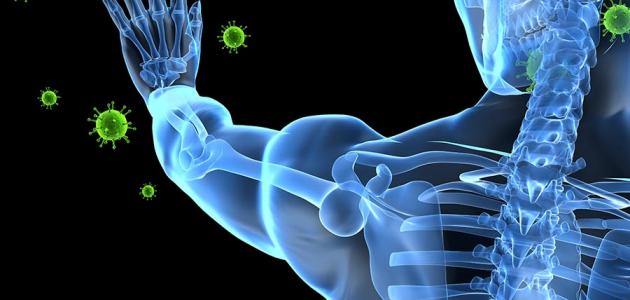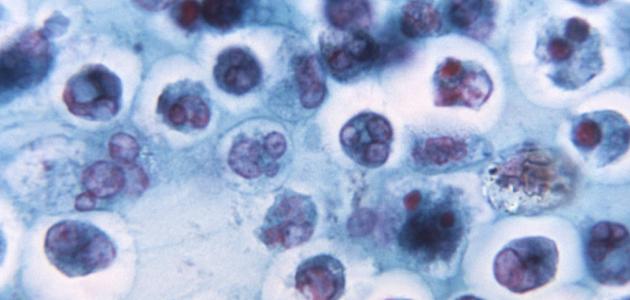Anaphylaxis
It is a severe hypersensitivity that results from exposure of the body to a small but sufficient amount of the stimulating substance, as the body is sensitive to its presence, secreting immunoglobulins from substance A, and they bind to the macrophages, and when the body is exposed to the substance again, the white macrophages secrete vesicles, which consist of several substances Among them, the most important of which is histamine and other substances.
These substances have several effects, including vasodilation, which in turn leads to a decrease in blood pressure, and thus a lack of ischemia in many organs of the body, most notably the brain, kidneys, etc. Also, the expansion of the vessels leads to the exit of blood outside the blood vessels, which leads to the occurrence of ascites in most areas of the body, as well as the occurrence of pulmonary edema and its accompanying complications.









